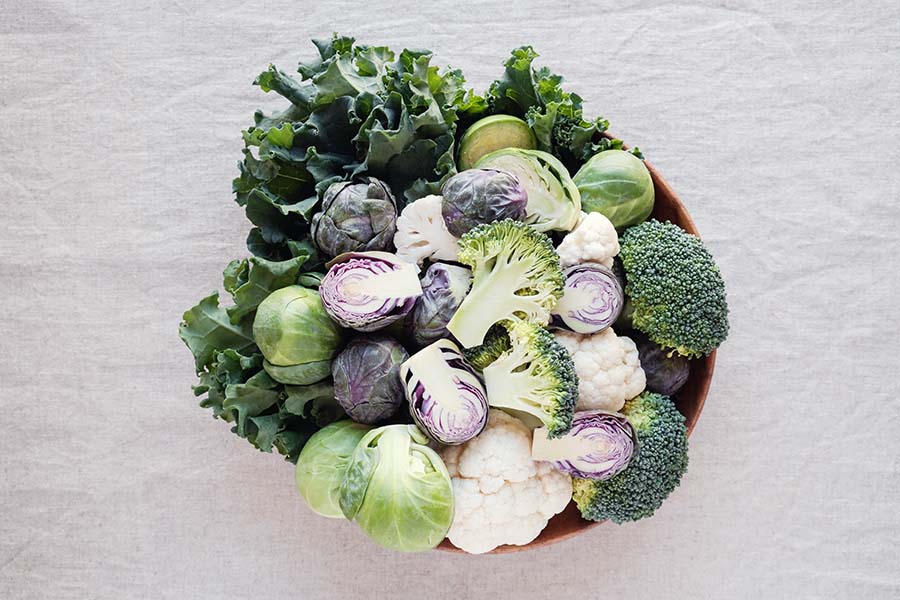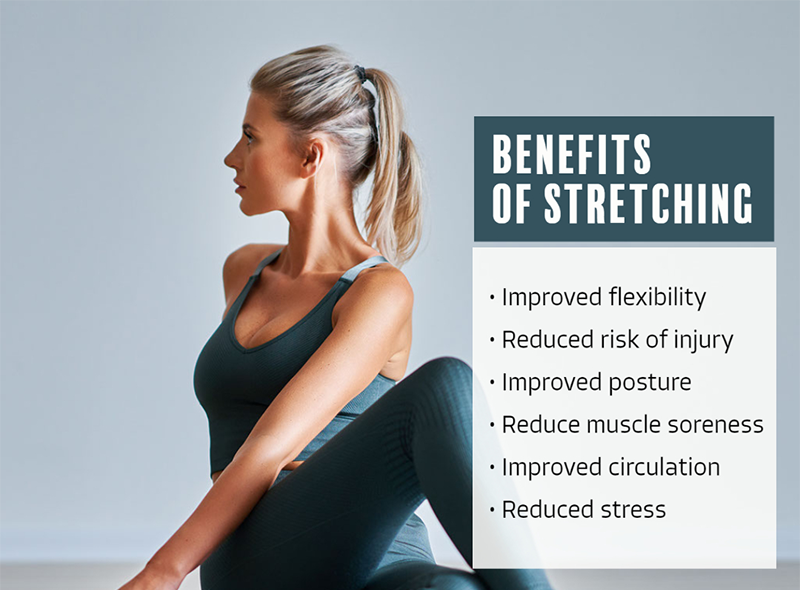
by Fit Snack | Apr 14, 2023 | Healthy Lifestyle
Weekends are not just for lounging around, but a time to refuel, recharge, and seize the opportunity to enhance productivity, creativity, and well-being. You can’t afford to let this time slip away! Here are the top 10 things that the most successful people do on the weekends that you can also incorporate into your routine:
- Prioritize rest and relaxation: As much as it might seem counterintuitive, downtime is essential to help reduce stress, increase productivity and improve memory, mood, and cognitive function.
- Exercise regularly: Regular exercise not only reduces the risk of chronic diseases but also enhances productivity and work performance. So, why not use the weekends to engage in physical activities that you love?
- Spend quality time with family and friends: The support and connections you have with your loved ones play a significant role in your overall well-being and happiness. Therefore, it’s important to allocate time for bonding with family and friends, which can reduce stress and provide emotional support.
- Pursue your passions: When you engage in activities that fulfill and satisfy you outside of work, it can significantly reduce stress and enhance creativity. It’s a chance to explore new interests, learn new skills, and add more meaning to your life.
- Disconnect from work: Constant connectivity to work can lead to burnout, decreased productivity, and fatigue. By unplugging from work on the weekends, you can recharge your batteries and come back to work with renewed energy.
- Practice self-care: Engaging in activities that promote relaxation, such as meditation, massage, or a relaxing bath, can help reduce stress and improve your mood. Take the time to care for yourself to recharge your mental and emotional batteries.
- Plan for the upcoming week: Planning for the week ahead can help reduce stress and enhance productivity by providing structure and direction. It’s an excellent way to avoid feeling overwhelmed by your to-do list and ensures that you stay on track.
- Learn new things: Learning new skills and knowledge can boost creativity and enhance cognitive functioning. So, why not use the weekends to read, take a course, or attend a workshop?
- Volunteer: Giving back to your community can provide a sense of purpose and fulfillment. It’s an excellent opportunity to meet new people, make a difference, and improve your well-being.
- Prioritize your health: Your health is critical for optimal performance and well-being. Use the weekends to prioritize your health by eating nutritious foods, exercising regularly, and getting adequate sleep.
The weekends are not just a time to unwind and relax, but also an opportunity to improve your overall well-being and success. By incorporating these top 10 habits into your weekend routine, you too can take your weekends to the next level and set yourself up for success in all areas of your life. So go ahead, make the most of your weekend, and strive for greatness! Remember, success is not just about what you do during the workweek, but also how you recharge and improve yourself during your time off.

by Fit Snack | Mar 28, 2023 | Uncategorized
If you’re looking for a group of vegetables that can help you stay healthy and feel your best, look no further than the cruciferous vegetables! These veggies are like the superheroes of the vegetable world, with an impressive list of health benefits and a delicious taste that will make you want to eat them every day.
So, what are these magical veggies? Well, they belong to the Brassicaceae family and include vegetables like broccoli, cauliflower, Brussels sprouts, kale, and cabbage. These veggies are packed with vitamins, minerals, fiber, and other beneficial plant compounds that can help support overall health and wellness.
One of the key benefits of cruciferous vegetables is their anti-cancer properties. Studies have shown that these veggies contain compounds that can help prevent cancer. For example, sulforaphane, a compound found in broccoli and other cruciferous vegetables, has been shown to have anti-cancer properties and may help inhibit the growth of cancer cells.
But that’s not all! Cruciferous vegetables are also great for heart health. They’re low in calories and fat, high in fiber, and can help lower cholesterol levels and reduce the risk of heart disease. Plus, they contain compounds that have anti-inflammatory properties, which can help reduce inflammation in the body and support overall health.
If you’re looking to improve your digestive health, cruciferous vegetables are a great choice. They’re rich in fiber, which can help promote healthy digestion and reduce the risk of constipation, bloating, and other digestive issues.
And let’s not forget about the immune system! Cruciferous vegetables are high in vitamins C and K, which can help support a healthy immune system and promote wound healing.
Now, if you’re thinking, “Okay, these veggies are great for me, but do they taste good?” The answer is a resounding YES! There are so many delicious ways to enjoy cruciferous vegetables, from roasted Brussels sprouts with balsamic glaze to a kale salad with roasted butternut squash and pomegranate seeds.
Here are two recipes to get you started:
Roasted Brussels Sprouts with Balsamic Glaze
Ingredients:
- 1 lb. Brussels sprouts, trimmed and halved
- 2 tbsp. olive oil
- Salt and pepper, to taste
- 2 tbsp. balsamic vinegar
- 1 tbsp. honey
- Directions:
Preheat the oven to 400°F.
- Toss the Brussels sprouts with olive oil, salt, and pepper, and spread them out on a baking sheet.
- Roast the Brussels sprouts in the oven for 20-25 minutes, or until they’re tender and lightly browned.
- Meanwhile, whisk together the balsamic vinegar and honey in a small bowl.
- Drizzle the balsamic glaze over the roasted Brussels sprouts and toss to coat.
- Serve and enjoy!
Kale Salad with Roasted Butternut Squash and Pomegranate Seeds
Ingredients:
- 1 bunch kale, stemmed and chopped
- 1 small butternut squash, peeled and cubed
- 2 tbsp. olive oil
- Salt and pepper, to taste
- 1/2 cup pomegranate seeds
- 1/4 cup toasted pumpkin seeds
- 1/4 cup crumbled feta cheese
For the Dressing:
- 1/4 cup olive oil
- 2 tbsp. apple cider vinegar
- 1 tbsp. honey
- 1 tsp. Dijon mustard
Directions:
- Preheat the oven to 400°F.
- In a large bowl, toss the cubed butternut squash with 2 tablespoons of olive oil and salt and pepper to taste.
- Spread the butternut squash out in a single layer on a baking sheet and roast in the preheated oven for 20-25 minutes, or until tender and lightly browned.
- While the butternut squash is roasting, prepare the kale by removing the stems and chopping the leaves into bite-sized pieces. Place the chopped kale in a large salad bowl.
- In a small bowl, whisk together 1/4 cup of olive oil, 2 tablespoons of apple cider vinegar, 1 tablespoon of honey, and 1 teaspoon of Dijon mustard to make the dressing.
- Once the butternut squash is done roasting, let it cool for a few minutes before adding it to the salad bowl with the kale.
- Add the pomegranate seeds, toasted pumpkin seeds, and crumbled feta cheese to the salad bowl.
- Drizzle the dressing over the salad and toss everything together until well combined.
- Serve and enjoy!
by Fit Snack | Mar 27, 2023 | Fit Life Guide

by Fit Snack | Mar 19, 2023 | Healthy Lifestyle, Workout
Getting fit is a journey that requires dedication and commitment. While there is no one-size-fits-all approach to achieving fitness, there are some effective methods that can help you reach your fitness goals quickly.
High-Intensity Interval Training (HIIT) is a popular and effective method of exercise that has been gaining popularity in recent years. HIIT involves short bursts of intense exercise followed by periods of rest or low-intensity exercise. The goal is to get your heart rate up and keep it there, which can help you burn more calories and improve your cardiovascular health.
Research has shown that HIIT can be a fast and effective way to get fit. A study published in the Journal of Obesity found that HIIT was more effective at reducing body fat than moderate-intensity continuous exercise. Another study published in the Journal of Sports Science and Medicine found that HIIT can improve cardiovascular fitness and increase VO2 max (maximum oxygen uptake) in a shorter amount of time compared to moderate-intensity continuous exercise.
The beauty of HIIT is that it can be done with almost any type of exercise, including running, cycling, rowing, or bodyweight exercises like burpees or jump squats. The key is to push yourself during the high-intensity intervals and give your body enough time to recover during the low-intensity periods.
Here’s a simple HIIT workout you can try:
Warm-up: 5 minutes of light cardio (jogging, jumping jacks, etc.)
High-intensity interval: 30 seconds of sprinting
Low-intensity interval: 30 seconds of walking
Repeat the high-intensity and low-intensity intervals for a total of 10-15 minutes
Cool-down: 5 minutes of stretching
Remember to listen to your body and start slowly if you are new to exercise. You can gradually increase the intensity and duration of your HIIT workouts as you become fitter.
HIIT is a fast and effective way to get fit. It can help you burn more calories, reduce body fat, and improve your cardiovascular health in a shorter amount of time compared to other forms of exercise. Incorporating HIIT workouts into your fitness routine can help you achieve your fitness goals quickly and efficiently.

by Fit Snack | Mar 1, 2023 | Healthy Lifestyle, Uncategorized, Workout
Stretching has many benefits for the body, including:
- Improved flexibility and range of motion: Stretching regularly can help improve your flexibility and range of motion by increasing the elasticity of your muscles, tendons, and ligaments. This can help you move more freely and easily.
- Reduced risk of injury: Stretching can help reduce the risk of injury by warming up the muscles and increasing blood flow to them. This can help prevent strains, sprains, and other injuries.
- Improved posture: Stretching can help improve your posture by lengthening tight muscles that can cause poor alignment and postural problems.
- Reduced muscle soreness: Stretching can help reduce muscle soreness after exercise by increasing blood flow and reducing muscle tension.
- Improved circulation: Stretching can help improve blood flow to the muscles, which can help improve circulation and nutrient delivery to the tissues.
- Reduced stress and tension: Stretching can help reduce stress and tension by relaxing the muscles and promoting a sense of relaxation and well-being.
Overall, incorporating stretching into your daily routine can have numerous benefits for your body and mind, helping you stay healthy and active for longer.




